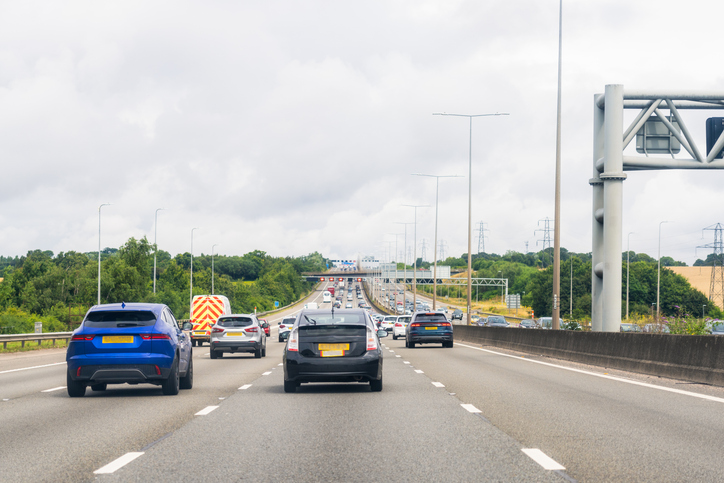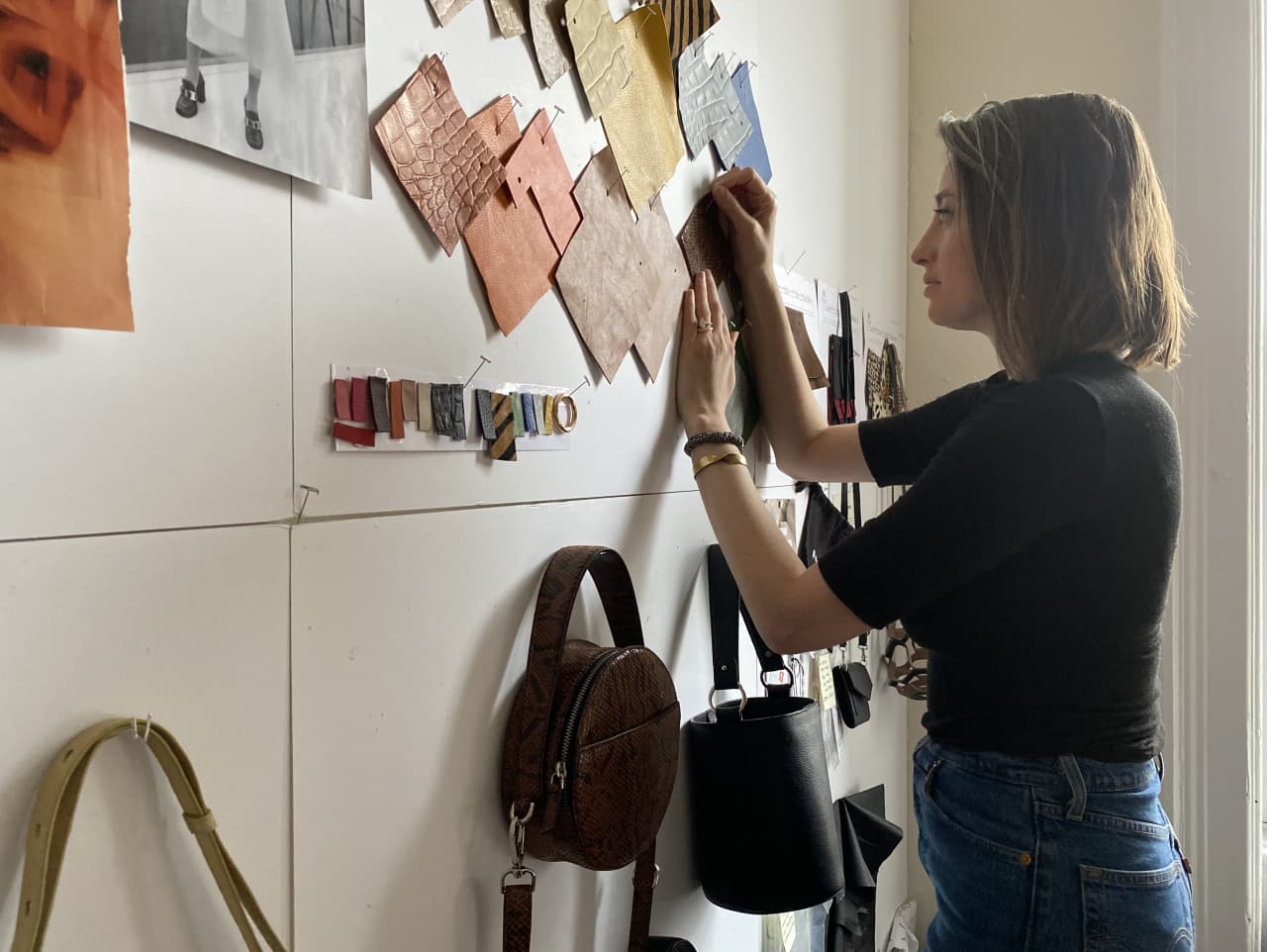If Your Quiet Quitting Is Going Well, You Might Be Getting ‘Quiet Fired’
Workers who coast risk being written off—and eventually laid off—by bosses with ‘productivity paranoia’
It can feel like you’re getting away with it.
You’ve dialled down the intensity at work, passing on late nights and extra assignments with seemingly no negative consequences. In fact, your boss appears to respect your new boundaries and has lightened your workload.
Careful. Your “quiet quitting” can lead to your “quiet firing”—and eventually your actual firing. And it’s already happening in some companies, human-resources specialists say.
“If all of a sudden you find you’re not invited to the meetings you used to be, or being offered the projects, that’s an indication that management is not viewing you as well as they used to,” says Victor Assad, a former HR director at Medtronic PLC and Honeywell International Inc. who is now a consultant.
Much like quiet quitting, the trendy term for reducing effort, quiet firing refers to minimising an employee’s significance. Companies have always had subtle ways to nudge people out the door. Tactics include sidelining them by cutting responsibilities or denying promotions and raises to make someone miserable enough to leave—what the gang in legal calls a “constructive discharge” and the rest of us know as managing out.
The difference now is the scale. Many companies are renewing their focus on what employees put out at the same time that a lot of workers are recalibrating what they put in.
Gallup reports the ratio of engaged to actively disengaged workers is at the lowest level in a decade and that half of the U.S. workforce is allegedly quiet quitting—that is, doing only what’s in their job descriptions and no more. For much of the past two years, executives have largely put up with this. In a tight labor market, a warm body is better than nobody.
Plus, companies want to be seen as sensitive to employees who seek balanced work and personal lives, says Paul Lesser, who launched a talent advisory firm last year after a long career in human resources at Fidelity Investments. Events like the pandemic and police killing of George Floyd prompted many to re-evaluate their priorities, he says, and it would have been bad business and worse optics for management to demand a greater focus on work during the most acute periods.
With more businesses expecting a recession, “every company has associates that have been poor performers or haven’t been as productive,” Mr. Lesser says. “In the marketplace we have right now, it’s good corporate hygiene to be looking at them.”
Managers at all levels should form lists of employees to let go if better or harder-working talent becomes available, says Jay McDonald, an executive coach who sits on the board of several Atlanta-area companies.
“A leader should always have that list, at least in their head,” he says.
So, are you on the boss’s list? It’s hard to know, especially now, when some managers are insisting that they really, truly don’t mind workers not giving 150%.
Some changes, like being asked to do less, could simply indicate that your supervisor takes limits seriously and understands that every team needs role players in addition to all-stars. Or your days might be numbered.
Bosses are at risk, too, says Ash Wendt, president of Cowen Partners Executive Search. He says some businesses that held off on leadership changes during the pandemic have hired his firm to discreetly hunt for upgrades.
These searches to replace executives who will soon get a shove toward the exit are called “confidential backfills.” Last year, they were 15% of Cowen’s business; this year, they’re 30%, he adds. They can amount to quiet firings because the incumbents may be neutralised for months before they’re ousted.
The top complaint about these leaders: “Companies are saying they’ve noticed a drop-off in an executive’s productivity or they’re not holding people accountable like they once did,” Mr. Wendt says.
Workers, unsure where they stand and whether they’re doing enough, are seeking help with job-related anxieties, says Dr. Anisha Patel-Dunn, chief medical officer of LifeStance Health, which provides mental-health services in 32 states.
She cautions against overanalysing every decision—being left off a project doesn’t necessarily reflect diminished status with the boss.
Still, an uncertain economy and broadscale office returns in many industries put hybrid and remote workers on especially high alert for signs of being managed out.
A large-scale survey by Microsoft Corp. published this month revealed a wide gap between employees’ assessments of their own remote productivity and managers’ perceptions of how much gets done away from the office. (Some 87% of the rank and file say they’re just as effective at home, but 80% of bosses disagree.) Microsoft Chief Executive Satya Nadella scolded supervisors for “productivity paranoia” and assumptions that people aren’t working hard at home, but the study’s findings underscore why certain workers fear falling out of favour.
Some firms, including Goldman Sachs Group Inc. and Meta Platforms Inc., have reinstated performance reviews to help identify and cull underachievers, after suspending that practice during the pandemic.
One-third of medium-to-large businesses have adopted employee-surveillance systems since 2020, according to Gartner, joining another third that already used such tools.
If people who are coasting haven’t been dismissed yet, that could be because the boss is storing a layer of fat that can easily be trimmed when it’s time to downsize, says Leslie Tarnacki, senior vice president of global human resources at WorkForce Software.
“We’re kidding ourselves if we don’t think we’re headed toward a recession, and managers do like to have that cushion if they see that cuts may be coming down the road,” she says. “They may have employees that are considered mediocre, but keeping them around for now makes having to deal with those cuts a little bit easier.”
 Copyright 2020, Dow Jones & Company, Inc. All Rights Reserved Worldwide. LEARN MORE
Copyright 2020, Dow Jones & Company, Inc. All Rights Reserved Worldwide. LEARN MORE
This stylish family home combines a classic palette and finishes with a flexible floorplan
Just 55 minutes from Sydney, make this your creative getaway located in the majestic Hawkesbury region.
The remote northern island wants more visitors: ‘It’s the rumbling before the herd is coming,’ one hotel manager says
As European hot spots become overcrowded , travellers are digging deeper to find those less-populated but still brag-worthy locations. Greenland, moving up the list, is bracing for its new popularity.
Aria Varasteh has been to 69 countries, including almost all of Europe. He now wants to visit more remote places and avoid spots swarmed by tourists—starting with Greenland.
“I want a taste of something different,” said the 34-year-old founder of a consulting firm serving clients in the Washington, D.C., area.
He originally planned to go to Nuuk, the island’s capital, this fall via out-of-the-way connections, given there wasn’t a nonstop flight from the U.S. But this month United Airlines announced a nonstop, four-hour flight from Newark Liberty International Airport in New Jersey to Nuuk. The route, beginning next summer, is a first for a U.S. airline, according to Greenland tourism officials.
It marks a significant milestone in the territory’s push for more international visitors. Airlines ran flights with a combined 55,000 seats to Greenland from April to August of this year, says Jens Lauridsen, chief executive officer of Greenland Airports. That figure will nearly double next year in the same period, he says, to about 105,000 seats.
The possible coming surge of travellers also presents a challenge for a vast island of 56,000 people as nearby destinations from Iceland to Spain grapple with the consequences of over tourism.
Greenlandic officials say they have watched closely and made deliberate efforts to slowly scale up their plans for visitors. An investment north of $700 million will yield three new airports, the first of which will open next month in Nuuk.
“It’s the rumbling before the herd is coming,” says Mads Mitchell, general manager of Hotel Nordbo, a 67-room property in Nuuk. The owner of his property is considering adding 50 more rooms to meet demand in the coming years.
Mitchell has recently met with travel agents from Brooklyn, N.Y., South Korea and China. He says he welcomes new tourists, but fears tourism will grow too quickly.
“Like in Barcelona, you get tired of tourists, because it’s too much and it pushes out the locals, that is my concern,” he says. “So it’s finding this balance of like showing the love for Greenland and showing the amazing possibilities, but not getting too much too fast.”
Greenland’s buildup
Greenland is an autonomous territory of Denmark more than three times the size of Texas. Tourists travel by boat or small aircraft when venturing to different regions—virtually no roads connect towns or settlements.
Greenland decided to invest in airport infrastructure in 2018 as part of an effort to expand tourism and its role in the economy, which is largely dependent on fishing and subsidies from Denmark. In the coming years, airports in Ilulissat and Qaqortoq, areas known for their scenic fjords, will open.
One narrow-body flight, like what United plans, will generate $200,000 in spending, including hotels, tours and other purchases, Lauridsen says. He calls it a “very significant economic impact.”
In 2023, foreign tourism brought a total of over $270 million to Greenland’s economy, according to Visit Greenland, the tourism and marketing arm owned by the government. Expedition cruises visit the territory, as well as adventure tours.
United will fly twice weekly to Nuuk on its 737 MAX 8, which will seat 166 passengers, starting in June .
“We look for new destinations, we look for hot destinations and destinations, most importantly, we can make money in,” Andrew Nocella , United’s chief commercial officer, said in the company’s earnings call earlier in October.
On the runway
Greenland has looked to nearby Iceland to learn from its experiences with tourism, says Air Greenland Group CEO Jacob Nitter Sørensen. Tiny Iceland still has about seven times the population of its western neighbour.
Nuuk’s new airport will become the new trans-Atlantic hub for Air Greenland, the national carrier. It flies to 14 airports and 46 heliports across the territory.
“Of course, there are discussions about avoiding mass tourism. But right now, I think there is a natural limit in terms of the receiving capacity,” Nitter says.
Air Greenland doesn’t fly nonstop from the U.S. because there isn’t currently enough space to accommodate all travellers in hotels, Nitter says. Air Greenland is building a new hotel in Ilulissat to increase capacity when the airport opens.
Nuuk has just over 550 hotel rooms, according to government documents. A tourism analysis published by Visit Greenland predicts there could be a shortage in rooms beginning in 2027. Most U.S. visitors will stay four to 10 nights, according to traveler sentiment data from Visit Greenland.
As travel picks up, visitors should expect more changes. Officials expect to pass new legislation that would further regulate tourism in time for the 2025 season. Rules on zoning would give local communities the power to limit tourism when needed, says Naaja H. Nathanielsen, minister for business, trade, raw materials, justice and gender equality.
Areas in a so-called red zone would ban tour operators. In northern Greenland, traditional hunting takes place at certain times of year and requires silence, which doesn’t work with cruise ships coming in, Nathanielsen says.
Part of the proposal would require tour operators to be locally based to ensure they pay taxes in Greenland and so that tourists receive local knowledge of the culture. Nathanielsen also plans to introduce a proposal to govern cruise tourism to ensure more travelers stay and eat locally, rather than just walk around for a few hours and grab a cup of coffee, she says.
Public sentiment has remained in favour of tourism as visitor arrivals have increased, Nathanielsen says.
—Roshan Fernandez contributed to this article.
This stylish family home combines a classic palette and finishes with a flexible floorplan
Just 55 minutes from Sydney, make this your creative getaway located in the majestic Hawkesbury region.






















